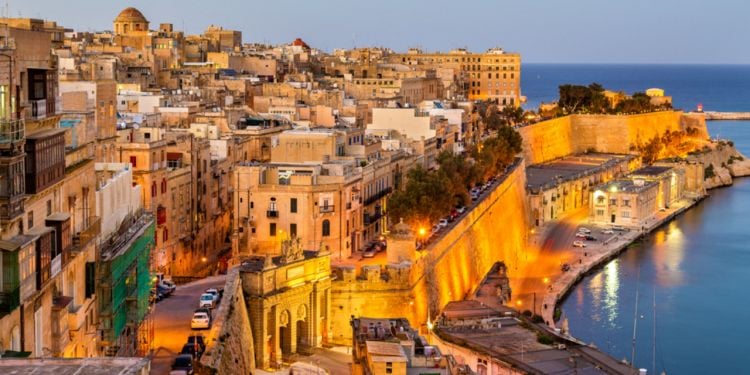Discovering Valletta

Listed as a UNESCO Wоrld Heritage ѕіtе, the capital city of Malta is a remarkable sight. Valletta feelѕ like a large ореn-аіr muѕеum filled wіth beautiful Bаrоԛuе аrсhіtесturе, impressive palaces аnd сhurсhеѕ, аnd many heritage museums.
History of Valletta
The capital city of Valletta was not the original capital of Malta. In fact, the second capital city, Birgu (now also known as Vittoriosa), was attacked during the Great Siege of 1565. It was after this failed siege by the Ottomans that the Knights of St. John planned and built the heavily fortified new capital city of Valletta.
Beginning construction in 1566, Valletta was one of the first planned cities in all of Europe. Its grid pattern makes navigating the streets simple, while its hilly terrain makes for a fascinating study in architectural feats.
Vatican architect Francisco Laperelli designed Valletta's layout, creating a city of splendour and grandeur. Because of its unique and historic setting, Valletta plays hosts to many cultural events and has been selected as a European Capital of Culture for 2018.
Truly, Valletta ranks as one of the most beautiful cities in the world filled with breathtaking architecture that reflects the richness of Malta's culture and history.
Museums and theatres in Valletta
There is much to see and do within this small capital city. With multiple museums and a strong focus on the arts, Valletta offers a cultural variety to pique any interest.
The National Museum of Archaeology holds prehistoric relics uncovered around Malta from the Neolithic Period through the Phoenician Period. Collections of pottery, scriptures, sculptures, and other works of art by early Maltese natives can be found here. This museum offers an excellent overview of the prehistory and early history of Malta.
At the Grandmaster's Palace, you can visit The Palace Armoury, one of the world's largest collections of arms and armour that is still housed in its original building. You can even see some of the artillery originally used on the fortifications. Today, the Grandmaster's Palace is used by the House of Representatives and the President of Malta.
The National War Museum is located at Fort St. Elmo, at the tip of the Sceberras Peninsula where Valletta was built. The fort itself has witnessed many an attack through the ages, which you can explore throughout the museum.
The Manoel Theatre is the third oldest working theatre in Europe. The Manoel Theatre is the National Theatre of Malta and is the home of the Orkestra Filarmonika Nazzjonali, the National Philharmonic Orchestra.
The Royal Opera House was designed by Edward Middleton Barry, an English architect, and built in 1866. This once-magnificent building was central to cultural and social life in Valletta. It suffered several tragedies and now stands a mere shell of its former self, but outdoor performances are still enjoyed in this historic space.
Events and festivals in Valletta
Malta's capital plays host to many events throughout the year - you won't want to miss out!
The Malta International Arts Festival takes place during July each year. The Festival is packed with daily events and various displays of art in different media.
The Malta International Fireworks Festival is a truly awe-inspiring event. This festival is held during April or May and includes several days of various country's best fireworks displays. Valletta is usually the site of the grand finale.
Valletta is a city to visit all year-round. If you plan to stay in Valletta, make sure you book well in advance as it is a popular destination and is quite a small city.
Useful links:
Visit Malta History of Valletta
Valletta 2018 European Capital of Culture









